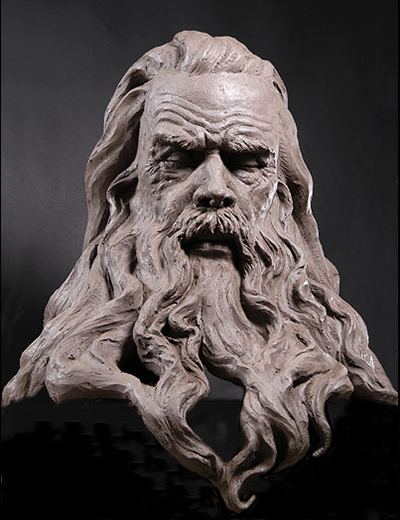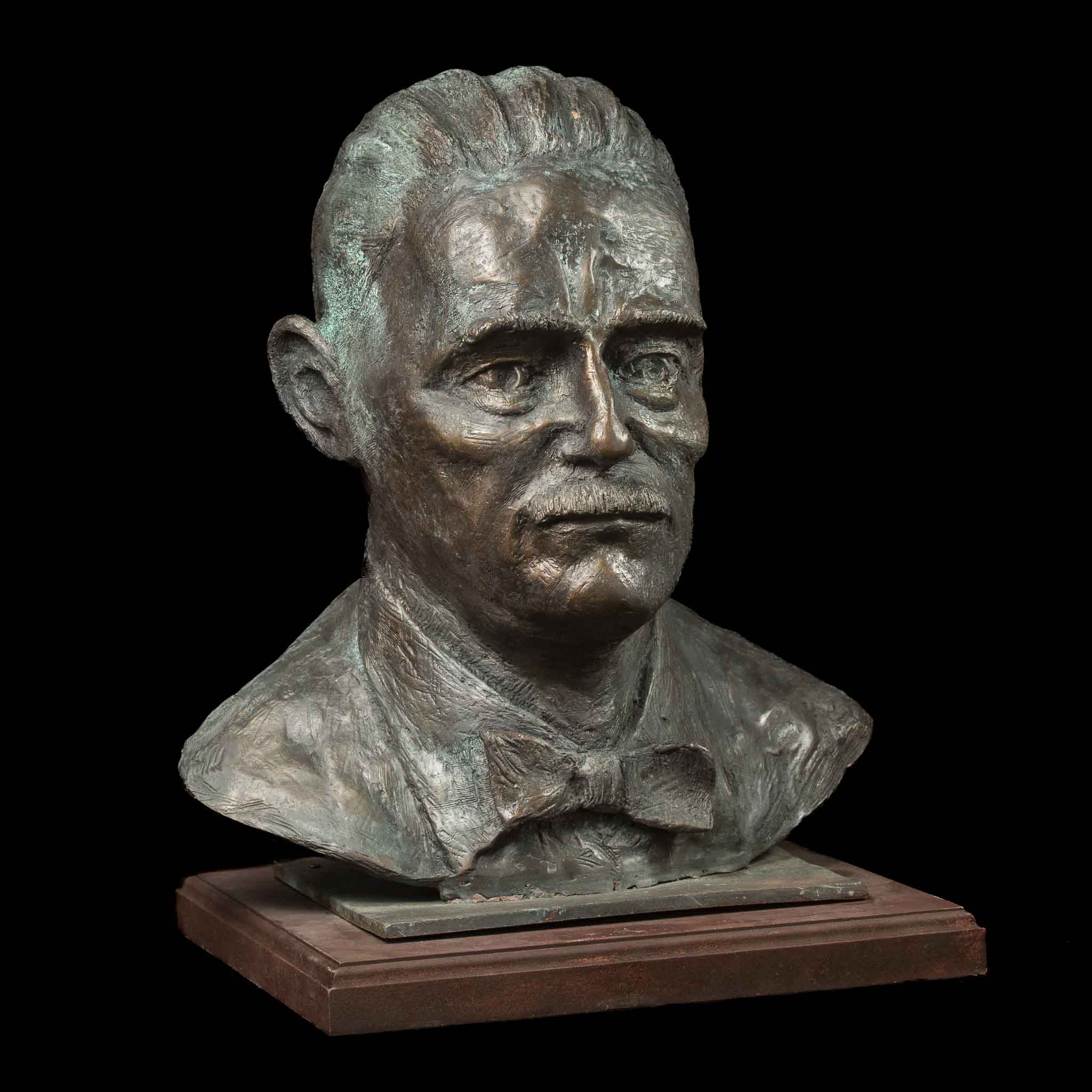Artistic Evolution: From Classic to Modern with Bronze Sculptures
Discovering Different Materials in Sculpture Art
From old stone sculptures to modern blended media creations, musicians have continuously checked out the unlimited opportunities of various materials. In this write-up, we will dive into the fascinating globe of exploring various materials in sculpture art. We will certainly find the classic appeal of stone sculptures, the intricate workmanship of metal work of arts, the pliability of clay developments, the non-traditional use of blended media, and the improvement of average things into phenomenal jobs of art.
Stone Sculptures: Old and Ageless
Stone sculptures have actually long been admired for their enduring appeal and classic charm. Going back thousands of years, stone sculptures have actually been a prominent type of imaginative expression across many societies and worlds. From the old Egyptians and Greeks to the Mayans and Chinese, musicians have used rock as a tool to create amazing jobs of art that have stood the test of time.
Among the key factors for the long lasting appeal of rock sculptures is the toughness of the material itself. Unlike other tools that may degrade over time, stone has actually proven to be resistant and able to withstand the components. This sturdiness has actually allowed rock sculptures to survive for centuries, acting as a testament to the workmanship and skill of the musicians who produced them.
Additionally, rock sculptures possess a sense of durability and solidity that is unrivaled by other materials. The weight and texture of rock give sculptures a sense of presence and material, making them a prime focus in any space they occupy. Whether shown in museums, gardens, or public spaces, rock sculptures regulate focus and stimulate a sense of timelessness.
Moreover, the all-natural elegance of rock contributes to its appeal as a medium for carvers. The one-of-a-kind shades, patterns, and appearances located in various sorts of stone add to the visual appeal and artistic expression of the sculptures. From the smooth sophistication of marble to the sturdy appeal of granite, each kind of stone uses its very own distinct aesthetic top qualities, allowing musicians to create genuinely one-of-a-kind pieces.
Metal Masterpieces: From Iron to Bronze
Proceeding the expedition of materials in sculpture art, the transition from rock to metal generates a brand-new world of imagination and workmanship. Metal sculptures have a long and abundant history, going back to old people. From iron to bronze, artists have taken advantage of the one-of-a-kind properties of these steels to produce masterpieces that astound and motivate.

Bronze, on the other hand, uses a various collection of high qualities that musicians have actually utilized to excellent result. Its pliability and capability to hold fine information make it an optimal material for shaping intricate and fragile forms. Bronze sculptures often emanate a sense of style and elegance, with their smooth surfaces and refined patinas.


Clay Creations: Flexible and malleable
Clay sculptures, with their malleable and functional nature, offer artists a variety of imaginative opportunities in the world of sculpture art. Clay, a natural material made up of minerals and water, has actually been used by artists for centuries to develop complex and meaningful sculptures.

Among the vital benefits of functioning with clay is its capacity to be molded and formed conveniently. Musicians can adjust the clay utilizing their hands or devices, enabling the production of complex information and textures. This pliability provides musicians the flexibility to experiment and check out different types and designs.
Another advantage of clay is its convenience in terms of shooting methods. It can be fired at various temperature levels, leading to different coatings and effects. As an example, low-fired clay produces a porous and fragile surface, while high-fired clay produces a resilient and smooth finish.
Additionally, clay provides musicians the opportunity to work in both subtractive and additive methods. They can develop up layers of clay to create a sculpture from scrape, or they can carve away excess clay to disclose the desired type. This flexibility permits artists to adjust their techniques to fit their artistic vision.
Clay sculptures can be do with numerous techniques, such as glazing, painting, or adding various other materials like metals or timber. This further enhances the creative opportunities and enables the production of distinct and visually striking pieces.
To conclude, the pliability and versatility of clay make it a suitable medium for artists to explore their creative thinking in sculpture art. Its capability to be built, fired, and completed in different methods opens a world of opportunities, allowing musicians to bring their visions to life with the expressive and responsive nature of clay sculptures.
Mixed Media Magic: Unconventional Products in Sculpture
With a growing passion in pressing the borders of conventional sculpture, artists have begun to embrace multimedias as a method of including unconventional products right into their imaginative developments. By integrating different materials, musicians can develop visually striking and dynamic sculptures that test the visitor's assumption of what sculpture can be.
Multimedias sculptures commonly include a combination of materials such as timber, metal, material, discovered objects, and also organic materials like plants or pet components. These unique materials add depth, appearance, and suggesting to the art work, enabling artists to discover brand-new principles and ideas.
One example of multimedias sculpture is the job of musician Louise Nevelson - Equine Sculptures. She is understood for her assemblages made from discovered things and thrown out products. Her sculptures, often painted in single shades, produce intricate and abstract structures that stimulate a sense of enigma and meaning
Another musician who utilizes multimedias in sculpture is Ron Mueck. He produces hyper-realistic sculptures by combining products such as silicone, fiberglass, and human hair. Mueck's sculptures challenge our perception of range and reality, as he often produces larger-than-life or mini numbers that appear unbelievably natural.
Multimedias sculpture enables artists to experiment with unusual materials, increasing the opportunities of what sculpture can be. Equine Sculptures. By incorporating various materials, musicians can create provocative and distinct art work that mesmerize and engage visitors in new and unanticipated methods
Found Things Art: Transforming the Ordinary Into Remarkable
Found things art is a transformative method that boosts daily items right into amazing sculptures. This artistic strategy includes making use of arbitrary, disposed of objects that are repurposed and offered brand-new life. By incorporating these discovered objects right into their work, musicians challenge conventional ideas of what makes up art and develop provocative pieces that involve customers in one-of-a-kind ways.
The charm of found object art hinges on its capacity to change the average right into something extraordinary. Artists choose discarded things such as old devices, house things, and even all-natural products like branches and rocks, and use them as the foundation for their sculptures (Equine Sculptures). Through cautious arrangement, adjustment, and in some cases also modification, these things are transformed right into captivating masterpieces that invite visitors to reevaluate the value and potential of day-to-day items
This art form encourages visitors to question their preconditioned ideas of appeal and definition. By providing acquainted things in unknown contexts, located item art challenges us to see the world in interesting and brand-new go to website means. It urges us to look beyond the surface and find concealed stories and connections within the objects themselves.
Final Thought
To conclude, discovering various materials in sculpture art allows artists to reveal their imagination and bring their visions to life. Rock sculptures showcase the classic and old appeal of all-natural products, while steel work of arts demonstrate the convenience and strength of iron and bronze. Clay creations provide a malleable and flexible tool for musicians to form and mold and mildew (Robert C Hitchcock Sculptor). Multimedias magic and discovered object art obstacle standard notions of sculpture, changing regular products into remarkable jobs of art.
From old rock sculptures to contemporary mixed media productions, artists have actually continually discovered the limitless opportunities of different products. Clay sculptures, with their functional and flexible nature, offer musicians a vast variety of imaginative opportunities in the globe of sculpture art. Clay, an all-natural material composed of minerals and water, has been used by artists for centuries to create expressive and elaborate sculptures.
In final thought, the malleability and adaptability of clay make it an optimal tool for musicians to discover their creativity in sculpture art.In conclusion, exploring different materials in sculpture art allows musicians to share their creative thinking and bring their visions to life.